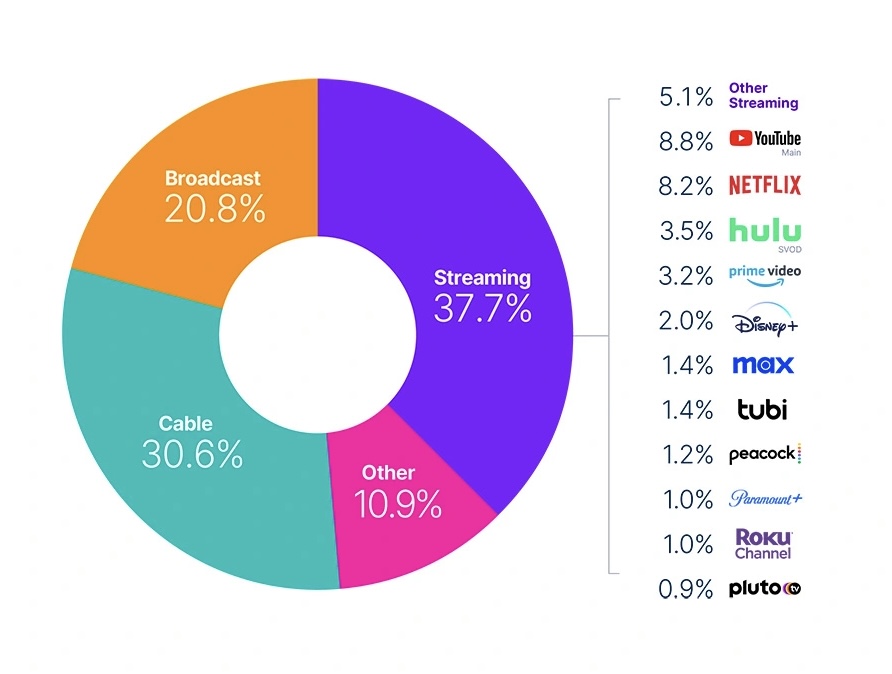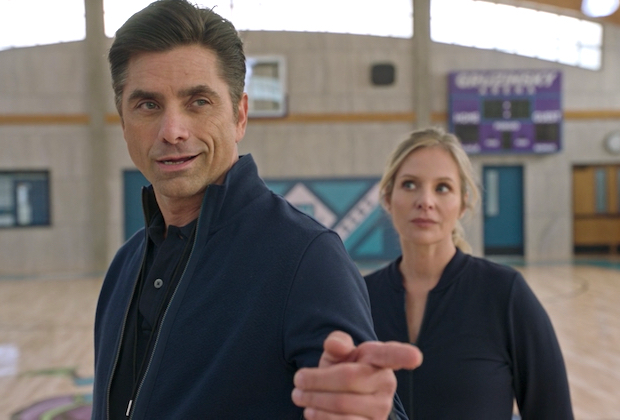Streaming services took the number one spot for TV consumption in June 2023. However, platforms like Netflix and Disney+ may not be the best way to preserve visual media.
“Movies and TV carry incredible cultural significance,” Mark Woodring, a member of the Utah Film Critics Association and one of the hosts of the Visually Stunning Movie Podcast, said. “Visual media provides modern society with a common vernacular, a way to relate. Critically, unlike books, the audience loses none of the visual nuances; in fact, that aspect only adds to a person’s ability to interact with the material.”
Woodring explained how a person’s look and tone are missed in other mediums like books. When watching a show or movie, the audience gets to experience the feelings and visuals of the story in a way that leaves the message unfiltered.

According to Woodring, as someone watches a story, language and small cultural details might be missed, but the most important aspects still make it through: the human emotions that bind people together. Emotions and themes like family, love, grief and fear are integral parts of the human experience that visual media like films and shows have helped people cross the cultural divide and grow to understand each other across continents.
“I would say that, as a whole, (film) has done so more than any (other) form of media,” Adam McDonald, UFCA member said. “Film introduces ideas and information that are more easily digestible and can change minds and opinions or educate to a broader audience even if they didn’t see them.”
McDonald talked about the TV show “Watchman” and how it brought the Tulsa Race Massacre of 1921 to light for many people. McDonald had friends who grew up in Tulsa and had never heard of the event. The Tulsa Race Massacre is now a widely known and discussed event outside of the “Watchman” audience, he said.
While the impact that TV shows and movies have on society is undeniable, the current pattern of consumption and production might be unsustainable. According to Utah filmmaker Trent Harris, the sheer amount of media available means that it is almost impossible for any one piece to gain any traction.
“With the current state of streaming, the problem is there is so much out there that it is nearly impossible to break through the din without a huge PR budget,” said Harris. “It is much easier to make a movie than it is to get anyone to pay attention to it.”
The current production of films and TV shows is akin to the time just after the advent of the moveable press, Harris said. He described how written materials quickly flooded the market, and so much content was available that had never been seen before.
“What is left of those early days? Not much.” Harris said. “What is the test that enables something to exist for a long period of time and others to disappear? There is no rule.”
The only way media survives the test of time is through luck, timing, who you know, who you are and what message you are putting out there, Harris said —though he said that’s not an exhaustive list.
According to Harris, the sheer amount of content being made now, just like when the movable press was first invented, means that a lot of it is bound to be lost.
For instance, streaming service Disney+ removed a substantial number of projects from their own service as well as Hulu. Most of the films and TV shows removed are currently not available to view anywhere else.

Disney is then able to claim these removed projects as financial losses worth over $1 billion. When companies claim financial loss at such an amount, they can significantly reduce their taxable income.
Some might think the best way to avoid losing access to digital media would be to purchase it. However, that might not always be the case.
For people like Joe Puente, administrator of the Utah Filmmakers Association, the current model of making movies and TV shows available for purchase digitally from services like Amazon Prime and Apple TV+ raises questions about what it means to “own” digital copies.
When streaming services and digital copies of media were first introduced, cable and satellite companies began to offer customers the option of owning their favorite shows and movies digitally, Puente said.
“I always suspected that the only thing I would have ‘owned’ was a temporary license to access that content without paying a rental fee every time I wanted to watch it,” Puente said. “Temporary because — as I have come to understand how licensing agreements work — I would lose that access once I discontinued paying for cable or if the studio … decided to cancel the licensing agreement between them and the cable company.”
In fact, a lawsuit was brought against Apple for the very thing Puente suggested.
Apple was sued by a man named Matthew Price in 2021 after his Apple ID was terminated for allegedly violating Apple’s terms and conditions. As a result of this termination, Price’s nearly $25,000 collection of content bought from Apple services was completely lost.
The suit alleged that Apple’s use of the terms “buy” and “rent” misled consumers to think they unequivocally owned a digital copy of what they purchased. Instead, Apple actually retains the right to terminate a customer’s access to the content they purchased at any time.
This can happen when the company finds a reason to terminate a consumer’s account or when the company loses distribution rights for the movie or TV show.




